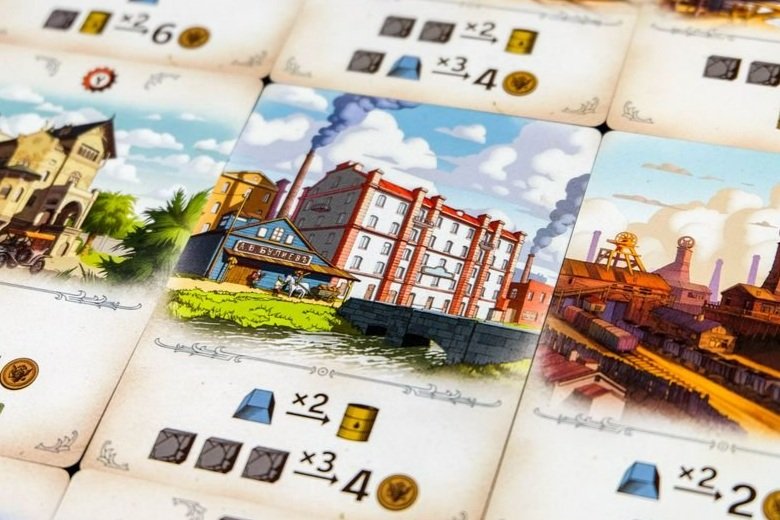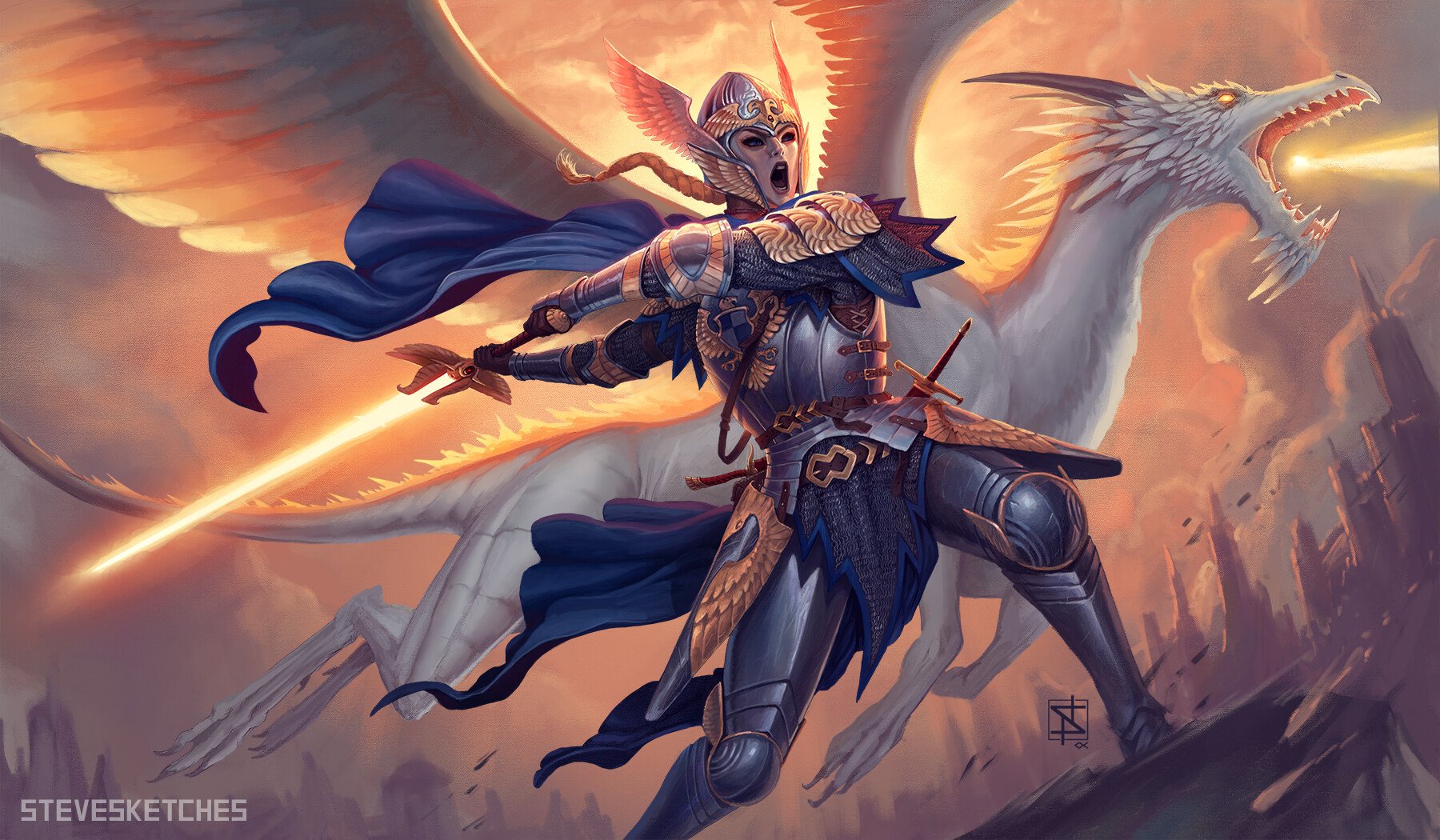A Guest Post from the Machine
I’ve been on the sidelines fascinated watching what is coming out of AI art and language engines. We’ve seen an AI illustration win an art competition, AI coding programs, and even writing and illustrating children’s books.
AI illustration from Alice and Sparkle by Ammaar Reshi… Chat GPT, Midjourney and more
I wanted to see what it would come up if I asked it to write an article on indie board game publishing. What follows is that output – followed by my thoughts.
A Chat GPT guest post:
Indie Board Game Publishing: Tips and Tricks
Board games have seen a resurgence in popularity in recent years, with more and more people discovering the fun and excitement of playing games with friends and family. This trend has also led to a boom in indie board game publishing, as more and more aspiring game designers are looking to create and sell their own games.
If you are an indie game designer looking to enter the world of board game publishing, here are some tips and tricks to help you succeed:
Start small: Don't try to create a massive, complex game right out of the gate. Instead, focus on creating a smaller, simpler game that can be made quickly and inexpensively. This will allow you to test the waters and see if your game has potential before investing a lot of time and money into it.
Playtest, playtest, playtest: It's important to playtest your game extensively to make sure it's fun and balanced. This can be done by yourself, but it's even better to have other people play the game and give you feedback. You can do this by finding playtesters online or by attending local gaming events and conventions.
Use crowdfunding: Crowdfunding platforms like Kickstarter can be a great way to fund your game and gauge interest in it. By running a Kickstarter campaign, you can not only raise the money you need to produce your game, but also build a community of supporters who will be excited to play it when it's released.
Find a manufacturer: Once you have a finished game and the funds to produce it, you'll need to find a manufacturer to actually make the game. There are many companies that specialize in producing board games, so do your research and find one that fits your needs and budget.
Sell it: Once your game is produced, it's time to start selling it. You can sell it directly through your own website, or you can work with retailers and distributors to get your game into stores. You can also attend gaming conventions and events to showcase your game and generate buzz.
Overall, publishing an indie board game can be a challenging but rewarding experience. By following these tips and tricks, you can increase your chances of success and bring your game to the market. Good luck!
The first thing that stands out to me is that the article is pretty impressive. The “playtest, playtest, playtest” hits especially close to home as a saying I’ve parroted myself.
The second thing that stands out is that the article reads like the low effort SEO blogs that you find all over the internet.
It’s full of common - and while mostly true - ultimately shallow advice, and for the most part it isn’t specifically actionable.
Some weird birds from HotPot AI
This isn’t to take away from how incredibly impressive the article is. It is mind-blowing how far AI has come in the past decades. But, it also highlights its weakness.
AI is trained on existing content and so definitionally non-innovative and without its own insights and experience to share.
Can you get specific?
I decided to see if I could tease out specific advice about the board game publishing process. I prompted the AI to tell me more about manufacturing specifically (a topic I covered in depth).
This is the result: link.
Furnace - one of my favorite manufacturing games
The AI was unable to go into detail or give specific advice, and it very quickly looped the same information.
This makes sense, as the AI isn’t actually thinking. It is training on existing content.
If hundreds of people recycled the content of my article – the AI might be able to come up with more in depth and actionable advice on finding a manufacturer.
Is it good enough?
I intentionally haven’t weighed in on the ethics of using AI. My opinions on it aren’t well enough formed.
But, the fact is, that regardless of anyone’s individual moral stance – generative AI (illustration, writing, etc.) is here to stay. I am sure we’ll all unknowingly consume content created in part or in its entirety by artificial intelligence. We likely already have.
As of today, I have not seen generative AI create content that is as high quality or better than top tier creatives.
I’m a layman when it comes to artificial intelligence - so am happy to be corrected on this take, but my understanding of how generative AI is trained implies that in its current forms there is a natural skill-ceiling (which is likely below top tier creatives in a field).
Non-generative AI is trained on meaningfully different data sets. For instance, in medical imaging diagnostics AI can be trained on images and an answer (what, if any, disease does an image map to).
Game solver AIs like Deep Blue and poker bots train against themselves - with an unbiased result of one move set led to a win, while the other did not.
These types of AI and machine learning applications are essentially extremely complex statistical analysis. Because of this it can create more correct answers than humans.
Generative AI however is trained on existing content and creates new content based on correlates that humans have already established.
My understanding is that since it is drawing from human created content - and doesn’t have a correct answer to solve for - it can’t actually surpass (whatever that would look like) what humans of the highest skill levels can produce.
What professional illustration looks like - Joseph the Dragonite by Stephen Nickel
However, that doesn’t mean that it isn’t or can’t be pretty damn good at what it does. Generative AI can create images better than most people, and even better than a heck of a lot of artists. The same goes for coding, and I am sure a lot of other applications.
It’s also fast.
And, it’s cheep.
And, when it comes to indie board game publishing:
Top tier illustration is expensive and time consuming.
The better implementations of AI today are higher quality than a lot of existing board game illustration.
Even established companies with meaningful development budgets will need to seriously consider their ethical stance on - and where in their workflow - AI generated fits.
An allegory to leave us with
I spent the best part of my career on Wallstreet. A large portion of that career was quant adjacent. I was never a quant investor in the sense that laymen think of the term – i.e. we didn’t let loose algorithmic-trading-bots to arbitrage markets.
But, quant was a part of my workflow.
That is, we had sophisticated models that would help us inform our fundamental analysis of companies, and bonds. And, that would help us understand the risks around potential investments.
There are a few ways to approach quantitative analysis in securities trading and investing.
The machine learning way is to dump tons of data into a network and let the algorithms tease out correlations. The issue with this approach is that no matter what your confidence intervals are, you’ll always capture both real patterns and white noise that looks like it’s real.
High frequency trading firms can overcome the white noise by volume. But, it can cause some wonky things to happen when all the bots are trading together (it can be self-reinforcing), and if you ask someone at Citadel or Two Sigma why their algos trade the way they do – they likely can’t explain it through a real-world justification.
The kind of quant that I prefer is when quant is used to explain relationships that should exist in theory – or to tease out relationships that we can then explore more deeply.
One of my favorite examples of this is that the level of sentence complexity in company filings is negatively correlated with future stock performance.
That is, when a company starts using more complicated sentence structure in their 10Ks and 10Qs, there is a higher likelihood that their stock will underperform their industry and the market.
At first blush this seems somewhat non-sensical – but it actually tells us something powerful. When companies start to do poorly they start to obfuscate their operating performance, and market positioning in their regulatory filings.
That is, a quantitative analysis can uncover a real world relationship with a logical explanation.
All of this to make two points:
Technological change is here, and it is a powerful thing.
There is more than one way to use any tool, and it is up to each of us to decide if and how we’ll make use of AI generated content.
How should – or should – board game publishers incorporate AI generated content into their games?






